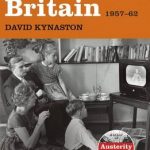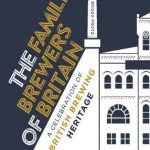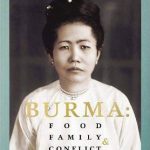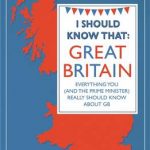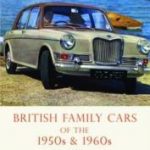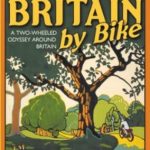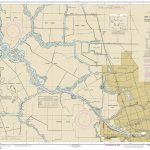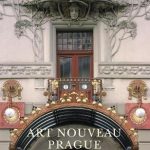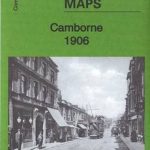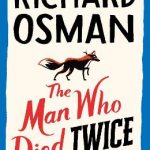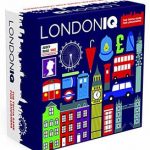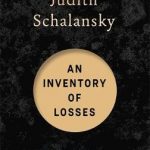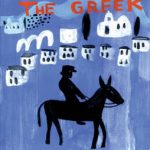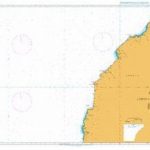Disclosure : This site contains affiliate links to products. We may receive a commission for purchases made through these links.
Family Britain, 1951-1957
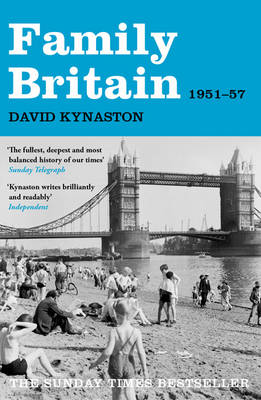
As in Austerity Britain, an astonishing array of vivid, intimate and unselfconscious voices drive this narrative. The keen-eyed Nella Last shops assiduously at Barrow Market as austerity and rationing gradually give way to relative abundance; housewife Judy Haines, relishing the detail of suburban life, brings up her children in Chingford; and, the self-absorbed civil servant Henry St John perfects the art of grumbling. These and many other voices give a rich, unsentimental picture of everyday life in the 1950s. We also encounter well-known figures on the way, such as Doris Lessing (joining and later leaving the Communist Party), John Arlott (sticking up on Any Questions? for the rights of homosexuals) and Tiger`s Roy of the Rovers (making his goal-scoring debut for Melchester). All this is part of a colourful, unfolding tapestry, in which the great national events – the Tories returning to power, the death of George VI, the Coronation of Queen Elizabeth, the Suez Crisis – jostle alongside everything that gave Britain in the 1950s its distinctive flavour: Butlin`s holiday camps, Kenwood food mixers, โ€Hancock`s Half-Hourโ€, Ekco television sets, Davy Crockett, skiffle and teddy boys.Deeply researched, David Kynaston`s โ€Family Britainโ€ offers an unrivalled take on a largely cohesive, ordered, still very hierarchical society gratefully starting to move away from the painful hardships of the 1940s towards domestic ease and affluence.









